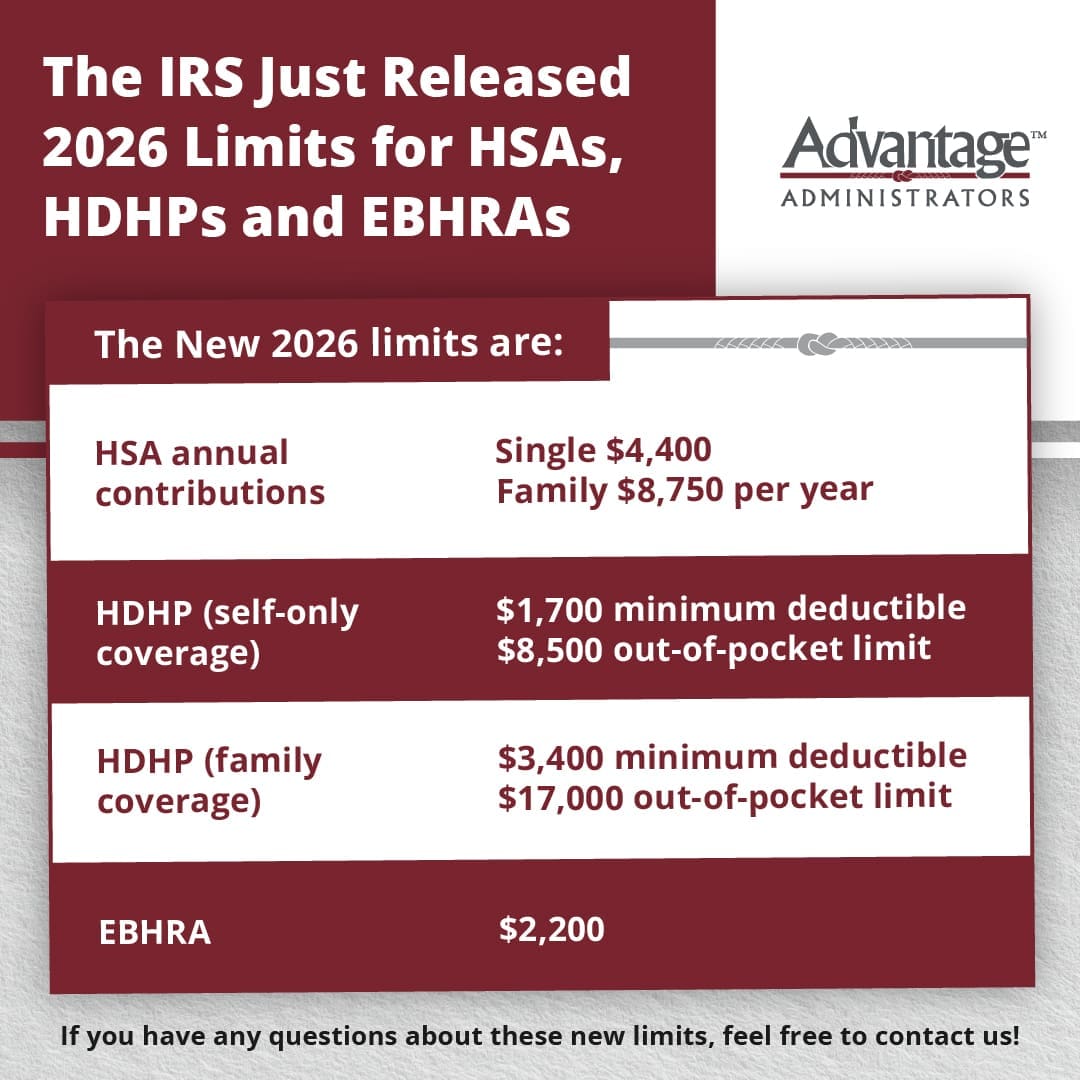Paying for Out-of-Pocket Medical Expenses While Maximizing Your HSA
HSAs are a great way to help defray the ever-increasing cost of healthcare for those who are eligible to participate. But did you know that HSA participants can be largely divided into three stages of engagement? These categories are based on account size, as well as the way participants are using their accounts. Knowing which of these categories your employees fall into can help you assist them in maximizing the potential of their HSAs. The more your employees know about the many benefits of participation, the more likely they are to increase their contributions to these powerful savings accounts, and the more they save, the more you save.
To find out more about each category of HSA participant, as well as tips you can share with employees to help them maximize their HSAs, keep reading.
1. SPENDERS
Many of the people in this category—63%—have less than $1,000.00 in their accounts. They may be new to HSA ownership and may be trying to build up their accounts, or they may be using the funds they set aside to cover their eligible out-of-pocket medical expenses. Either way, the ability to set aside those dollars tax-free and withdraw them later for eligible expenses (again, tax-free) allows them to potentially save a bundle on their annual tax bill. Expense eligibility can be easily determined with the mobile benefits app from Advantage Administrators.
Tip: Contribution amounts are easy to change whenever the need arises—regardless of whether or not it’s open enrollment time. And if the plan year has ended but participants haven’t maxed out their HSA contributions, additional contributions can be made right up until the tax deadline in mid-April.
2. SAVERS
Just over a quarter of those with HSAs have set aside between $1,000.00 and $4,999.00; they qualify as savers. Since HSAs aren’t subject to the IRS’s use-it-or-lose-it rule, these funds can be carried over from year to year. By paying for their eligible expenses out of pocket, savers’ HSA balances grow steadily.
Tip: The freedom from the use-it-or-lose-it rule, combined with the tax savings that HSAs offer, makes these accounts great savings vehicles for retirement. And having that end goal in mind makes saving even easier. Our website offers a variety of tools to help participants plan for and reach their savings goals.
3. INVESTORS
Cash accounts are not the only place in which participants can set aside their HSA dollars—those funds can also be invested! The 11% of participants with $5,000.00 or more in their accounts are considered investors—they’ve invested their HSA dollars to help their accounts grow even more quickly than is possible by simply earning interest. Like earned interest, investment earnings are tax-free, which is another reason why HSA accounts are an ideal retirement savings tool.
Tip: Once participants turn 65, the tax penalty for ineligible expenses disappears, meaning participants can spend that money on whatever they want (though they’ll have to pay income tax on any ineligible expense withdrawals).
THREE WAYS TO PAY

In order to maximize the growth potential of an HSA, participants will want to leave as much money in their accounts as possible. To do that, participants have a few options when it comes to paying for out-of-pocket medical expenses:
- Use HSA funds to pay for emergency medical costs. Qualified medical expense withdrawals are tax-free but retaining receipts for tax time is a must.
- A better option is to pay with other funds and keep track of expenses. Medical claims never expire, so money can be withdrawn tax-free in retirement in order to reimburse medical expenses that were paid out-of-pocket years before. The Advantage Administrators online portal makes it a cinch to keep track of these unreimbursed expenses.
- The best option is to use a Limited Health Spending Account to pay for any and all dental and vision expenses, as well as all other medical expenses in excess of $1,400.00 in 2020 (or $2,800.00 in 2020 for family coverage). Up to $500.00 of unused balances can be carried over each year in a Limited Health Spending Account.
Amounts withdrawn from a Health Savings Account reduce the future growth potential of that account, so it makes sense to withdraw funds only when it’s absolutely necessary, such as for emergencies. Combining the savings power of an HSA with a Limited Health Spending Account can help save even more on taxes than with an HSA alone. And Advantage Administrators makes it easy for participants to access their accounts, whether they’re at home or on the go.
Healthcare—and how to pay for it—is a major concern for most people, with the average American spending upwards of $4,500.00 per year on healthcare costs alone. But you can minimize those concerns by offering your employees a Health Savings Account from Advantage Administrators. Not only are HSAs a great way to save money on healthcare expenses, but they’re a great way for participants to save for the future. Contact us today for more information!










 Flex Plans
Flex Plans Forms
Forms HSA
HSA HRA
HRA Retirement
Retirement Health Shopper
Health Shopper FSA Store
FSA Store
